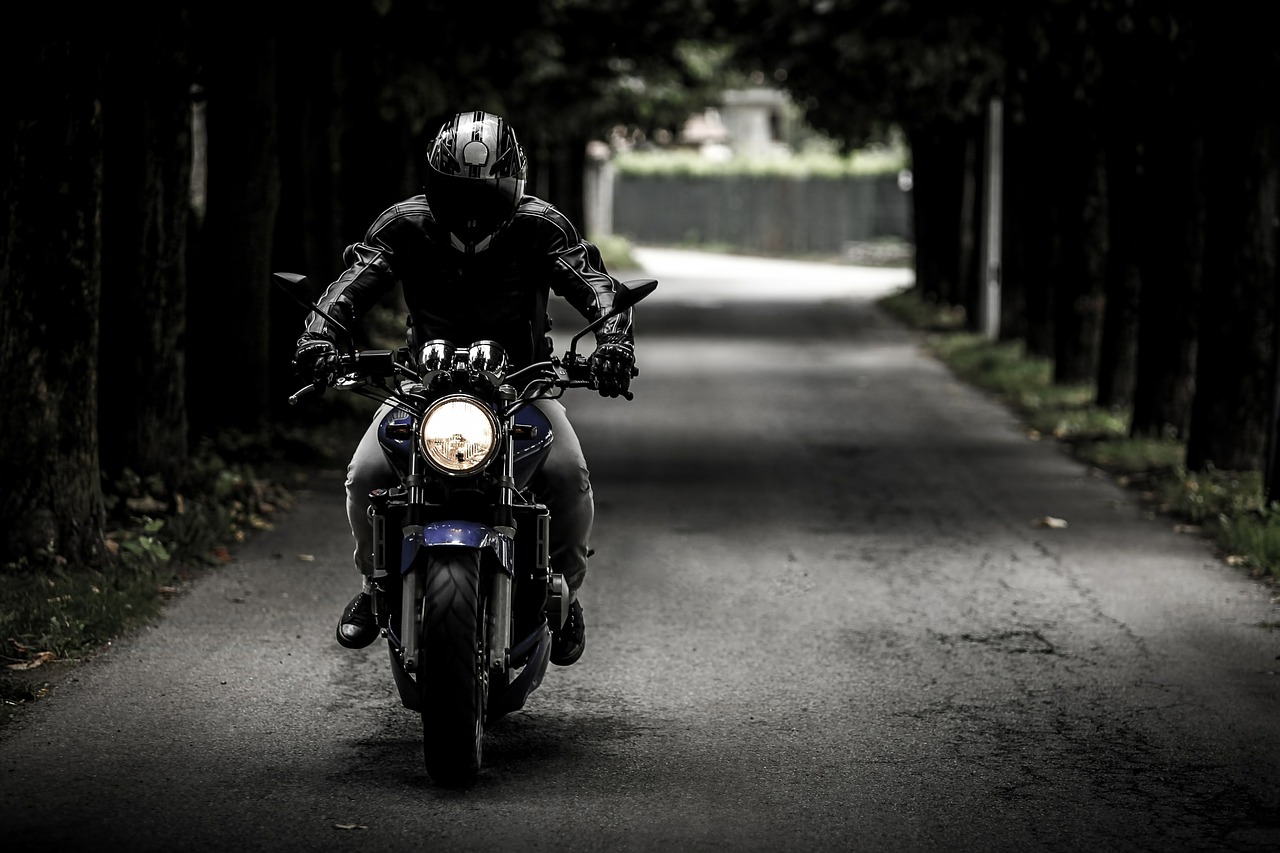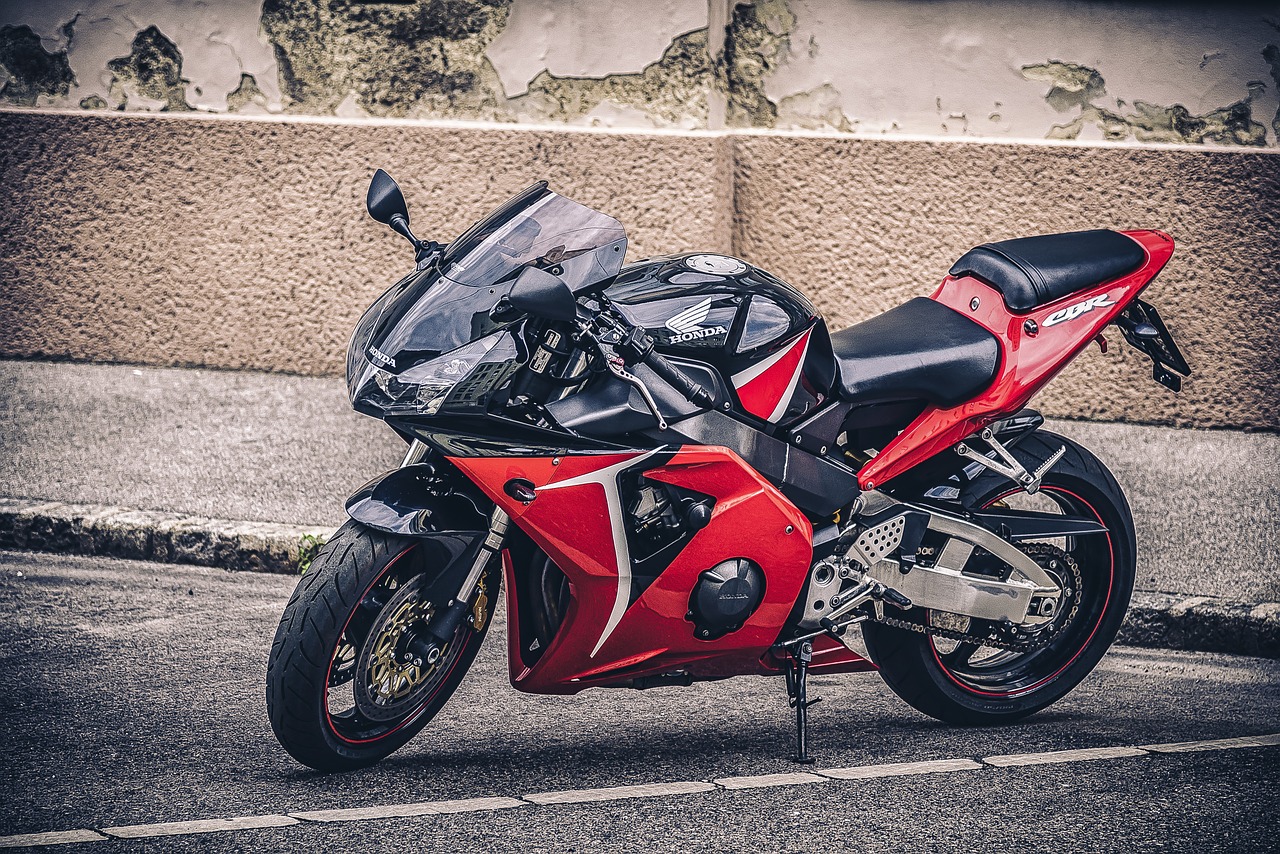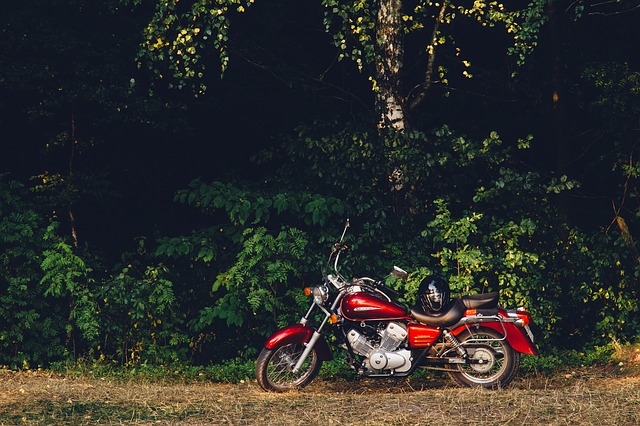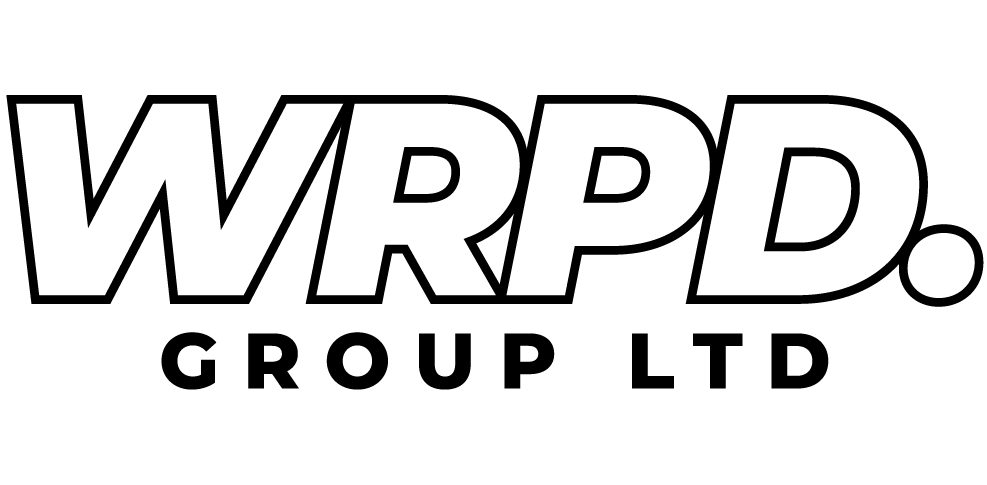Buying a second hand motorbike, like buying anything pre-owned, means you miss out on some of the manufacturer and retailer guarantees, but typically benefit from a lower selling price.
It’s still possible to get a great quality machine, but it’s important to be vigilant to some of the most common problem areas – and don’t be afraid to ask the seller for clarification, as they should be happy to help if they have nothing to hide.
Bodywork
Check for inconsistencies in the paintwork – if a panel has been replaced, this may be a sign of a crash at some point in the vehicle’s history.
Bad scuffs should ring alarm bells, but perfect paintwork might be just as bad – potentially indicating that efforts have been made to hide past damage.
Wheels
Check the wheel alignment and for evidence of buckling, which might be another sign of a crash or other damage.
Also look closely for signs that the tyres have been changed a lot – such as scratches on the surrounding bodywork – as this might mean the bike has been raced.

Tyres
The tyres themselves can tell a story of careful or reckless ownership. Both should be evenly worn – if not, it’s a sign that they have been replaced at different times, which is less than ideal.
Heavy wear on the side walls is an indication of lots of cornering at speed, which might mean the bike has been raced, whereas a vehicle used to cover long distances is more likely to have uniform wear across the tyre, giving it more of a squared-off profile.
Serials
Check the serial numbers wherever possible – including both the engine and the chassis – and make certain that they correspond to what’s written in the log book.
Keys
The keys can also be a sign of any cause for concern; you should have keys for the seat, the tank, and of course for the ignition.
You should also get the spare keys, so if you’re not offered these, it’s worth asking where they are. If there’s no good explanation, be wary.
Registration Plate
Check the number plate; this shouldn’t be a huge area of concern, but you want to make sure a road-legal registration plate can be fitted to the rear mudguard, and that the fixings haven’t been cut down.

Customisations
If the vehicle has had custom parts fitted, it’s worth asking for more details about what’s been done.
Modifying a motorbike can be an engaging hobby, and it often adds to the riding experience, but you need to be confident about what changes have been made, whether they are road-legal, and if there was a crash or other incident that made them necessary.
Imports
Look out for foreign imports, which might be road-legal but perhaps harder to ride on UK roads.
Common problems include headlights that do not dip to the left, as well as speedometers that only display the speed in kilometres per hour, instead of miles.
The Start-Stop Test
Finally, make sure the bike starts up easily, proof that the battery and ignition are both in good order; listen to the sound of the engine and check the running temperature; and check the brakes are in good order too.
Starting and stopping puts the bike under the greatest acceleration, and higher forces, so you need to be confident it won’t let you down – especially when stopping suddenly to avoid an obstacle.

